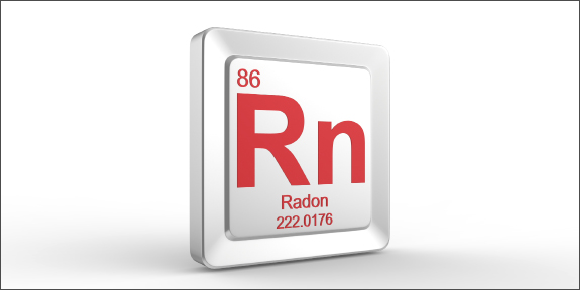
Radon awareness and education should be at the top of every homeowners safety list. Radon is a colorless, odorless and tasteless radioactive gas that can cause lung cancer. Fortunately, there are ways to test for and mitigate its effect in the home.
If you’re buying a home, both the U.S. EPA and Health Canada recommend you have a radon inspection along with your home inspection. Homeowners who are planning to sell their home can also show potential buyers proof of a radon inspection to ensure their home is protected.
- Myth: You dont have to test a home that already has a mitigation system.
- Truth: Every home should be tested every two years even those with a previously installed mitigation system. The conditions in the soil are influenced by numerous variables and they can change over time.
- Myth: You dont have to test a home that does not have a basement.
- Truth: Occupants of a home that is built on a slab or crawl space actually spend more time in closer proximity to the soil from which the gas originates than homes with a basement. The lowest livable area of such homes is the first floor, which is used far more frequently than basements.
- Myth: Condominiums or homes with an unfinished basement do not need to be tested.
- Truth: The specification and recommendations regarding testing say nothing about the type of home or how you plan to utilize different areas of the home. The recommendation is to test in the lowest livable area of the home. In fact, Pillar To Post professionals have performed numerous inspections on high-rise condos that had elevated radon levels.
- Myth: A new home does not need to be tested.
- Truth: A home that has been tested for radon in the last two years is the only type of home that does not need to be tested.
A simple radon test will give you peace of mind about the safety of your home and ensure that your family is protected. For more information, please visit Pillar To Post.







